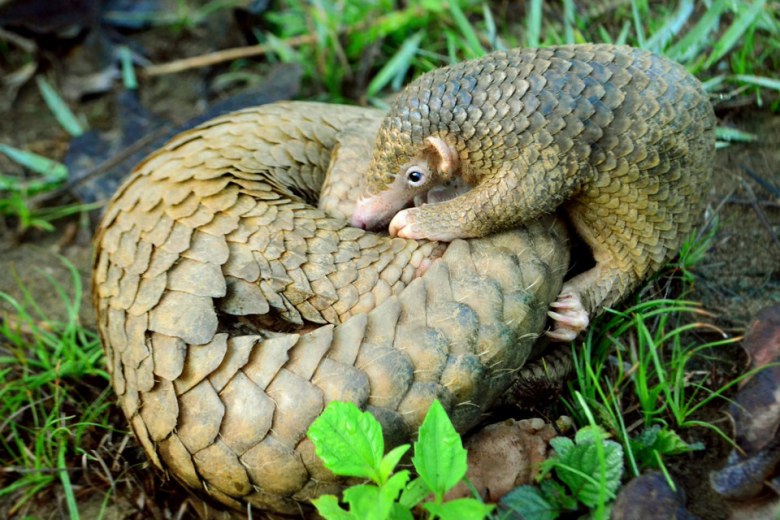New research published in Communications Biology shows that humans harvest over one third of all vertebrate species for medicine, collections, clothing and the pet trade.

“Humans have emerged as the planet’s most extraordinary predator, doing things that other predators do not. This includes commonly killing or capturing for reasons other than feeding themselves, as well as endangering thousands of prey species simultaneously,” says lead author, UVic conservation scientist and Raincoast Conservation Research Chair, Chris Darimont.
Humans thus have a much broader impact on biodiversity than other top predators, taking up to 300 times more prey species, and causing outsized impacts on natural ecosystems. Consequently, almost 40% of exploited vertebrate species are now threatened by human use. So too are the ecological roles these overexploited species perform in ecosystems.
An international team of scientists across 14 institutions analysed human ‘use’ data for 45,000 vertebrate species, including most known fish, mammals, birds, reptiles and amphibians. Whereas other top predators kill almost exclusively for food, ‘human predators’ have much more varied uses for their prey species. For land vertebrates, for example, the researchers were surprised to find that capturing terrestrial animals for the pet trade outnumbered food uses almost two to one.
“The unnatural selection of animals by human predators could lead to a range of repercussions across ecosystems. From the potential loss of large seed-dispersers such as the Helmeted Hornbill, to megaherbivores such as the Black Rhino, to migratory predators such as large sharks”, says co-author, Rob Cooke of the UK Centre of Ecology and Hydrology.
How can humans continue to hunt and fish without endangering species and their roles in ecosystems?
The research team recognizes that subsistence hunters and fishers can have more sustainable long-term relationships with the animals they use, which can help us to reimagine our relationship with animals. But many more aggressive, industrial forms of use, such as industrialized fishing and unregulated capture of pets from the wild, are still dominant and require urgent attention from policymakers to limit their negative impacts.
Attending to this urgency, this research identifies species that are overexploited and have outsized ecological influence globally. These species are prioritized in conservation action plans that consider not only specific species but also the broader ecosystem-level implications of species loss.

